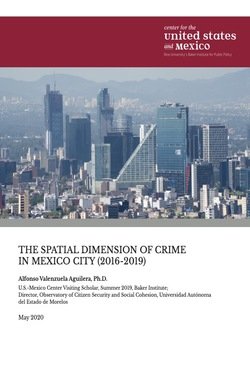By Cheyenne Pamela Hodgen
This thesis presents two individual research papers that examine the relationship between greenspaces and crime in Portland, Oregon. The two papers use an adapted street network buffer to better measure crime concentration around discrete locations. This methodological development allows for an improved measure of crime concentration around discrete locations. The first contribution, presented in Chapter 2, explores the relationship between different greenspace types and crime, breaking down different crime types into discrete categories. The results of this study suggest that overall, Portland greenspaces do not experience a concentration of crime, however, different patterns emerge as greenspace and crime types are disaggregated. Only one greenspace type, small parks, appear to be important local features—experiencing a high concentration of crime—while other types experienced a concentration of a few crime types, or none at all. Building off of these results, the second contribution—Chapter 3—examines the relationship between small parks and crime in more detail, looking at the level of crime concentration beyond the park, the presence of certain amenities, and the surrounding landuse zoning. A non-linear pattern in the level of crime concentration was found in the 3- block area around parks. Three park characteristics (statues/public art, water features/fountains, and plazas) were found to be associated with higher levels of crime at parks, while one characteristic (unpaved paths) and two activity generators (soccer fields and softball fields) were associated with lower levels of crime. The surrounding zoning also had an impact on crime at parks, with parks with exclusively or majority residential land use experiencing lower levels of crime.
Portland, OR: Portland State University 2023.




